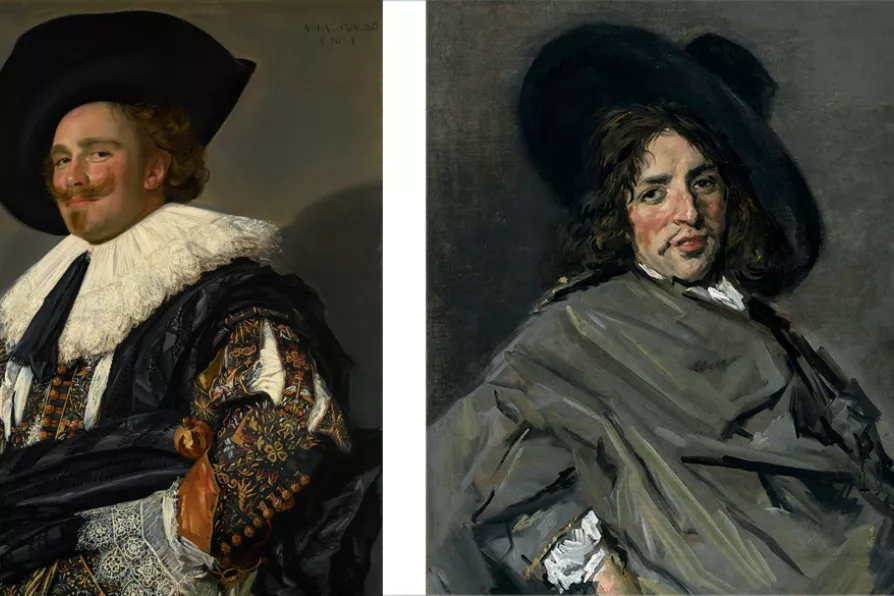RICHARD MURGATROYD enjoys a readable account of the life and meditations of one of the few Roman emperors with a good reputation

 UNINHIBITED BRUSHWORK: The Laughing Cavalier, 1624 and Portrait of an Unknown Man, c1660-63
UNINHIBITED BRUSHWORK: The Laughing Cavalier, 1624 and Portrait of an Unknown Man, c1660-63
Frans Hals: The Male Portrait
The Wallace Collection, London
FEW paintings have achieved the ubiquitous status of Frans Hals’s The Laughing Cavalier. Painted four centuries ago in 1624, the portrait was first given this title in1888 and this has stuck ever since — despite the fact that the cavalier does not laugh but only hints at a smile or perhaps a smirk.
Although the sitter’s identity has long been lost to time the richness and high quality of his clothes show his wealth and social importance. It is highly likely that he was a merchant in textiles and that the detailed depiction of the intricate layered lace of his wide, white collar and cuffs, and the profuse embroidery on his velvet jacket advertised his trade and professional success.
It was one of numerous portraits of themselves commissioned by the wealthy middle class, which held a unique importance in 17th-century Holland. While most of Europe was still dominated by monarchy and clergy, the Dutch mercantile republic was ruled by a powerful middle class which asserted its social dominance partly through the ownership of works of art.
The dissolution of the medieval guilds led to an unregulated, anarchic art market in which most artists including Frans Hals (c.1582/3-1666) survived economically as best they could. Lurching from commission to commission from which to feed himself, his wife and their eight children, Hals built a moderately successful but insecure career by painting portraits of this new ruling class.

KEVIN DONNELLY accepts the invitation to think speculatively in contemplation of representations of people of African descent in our cultural heritage

LOUISE BOURDUA introduces the emotional and narrative religious art of 14th-century Siena that broke with Byzantine formalism and laid the foundations for the Renaissance












